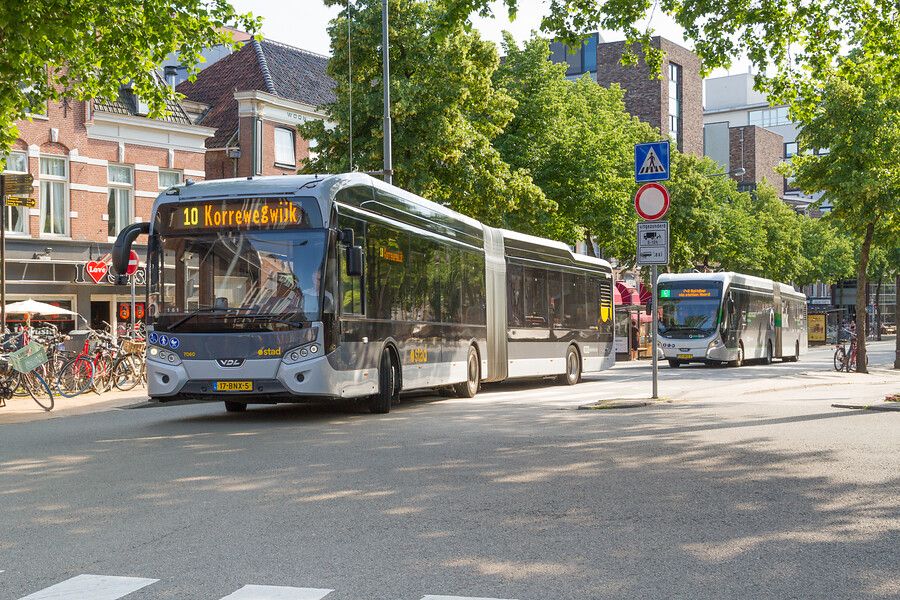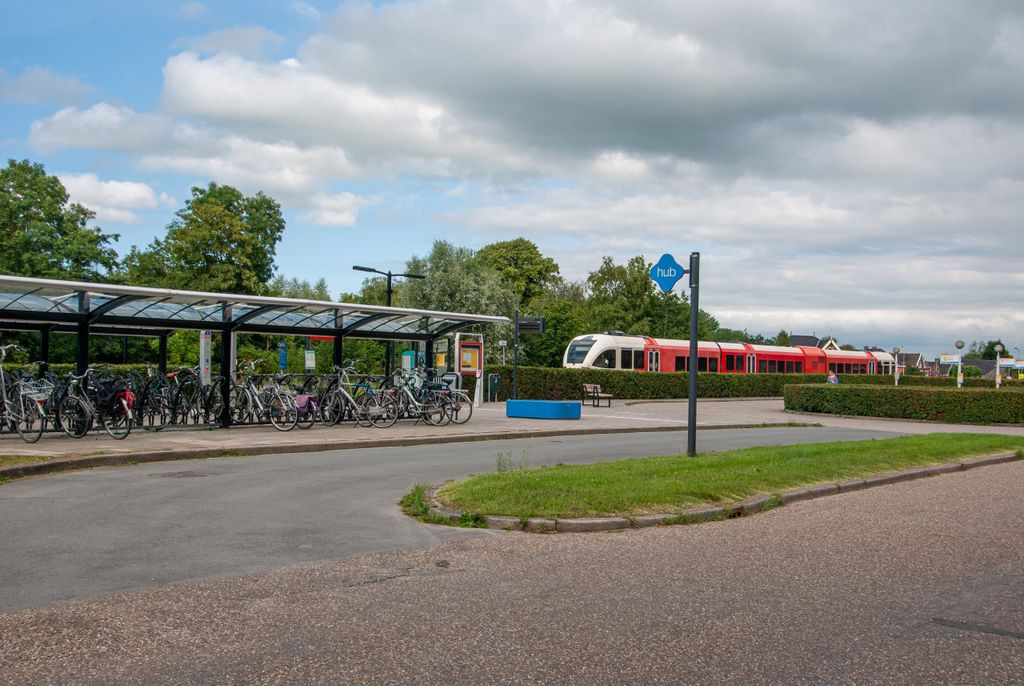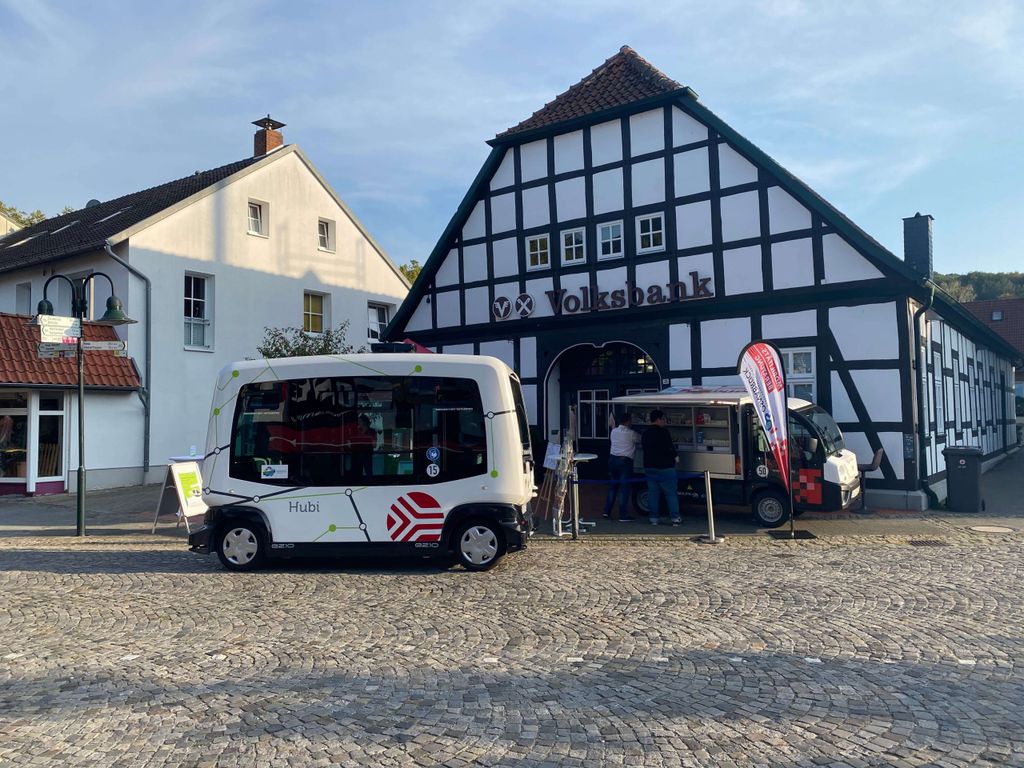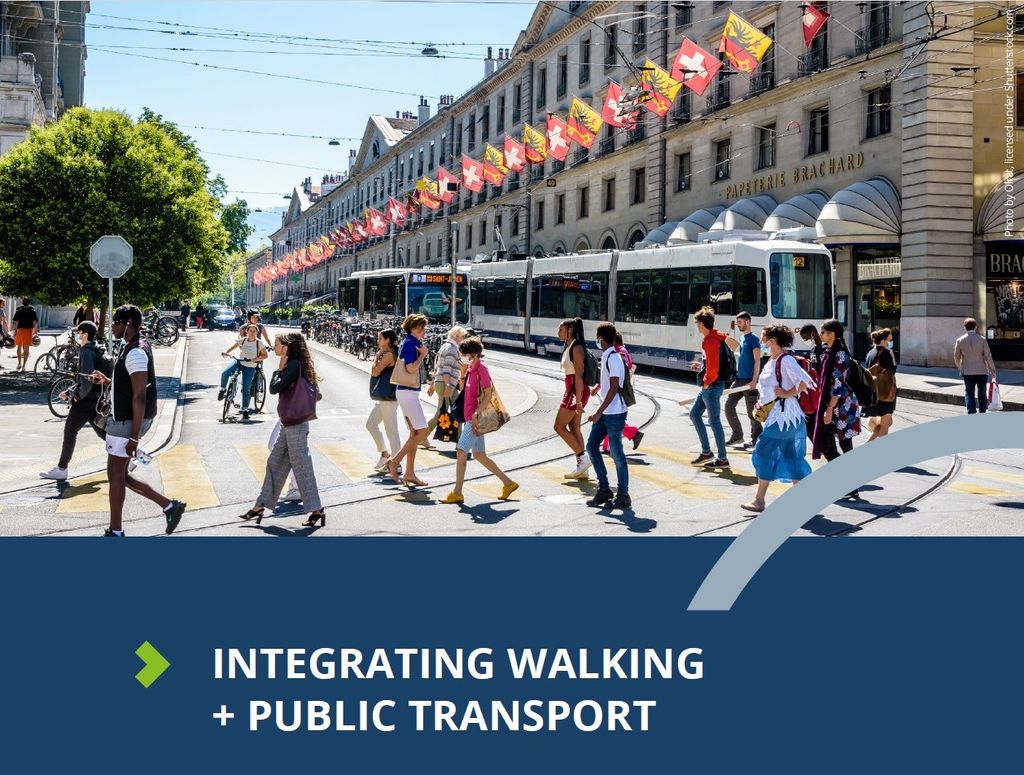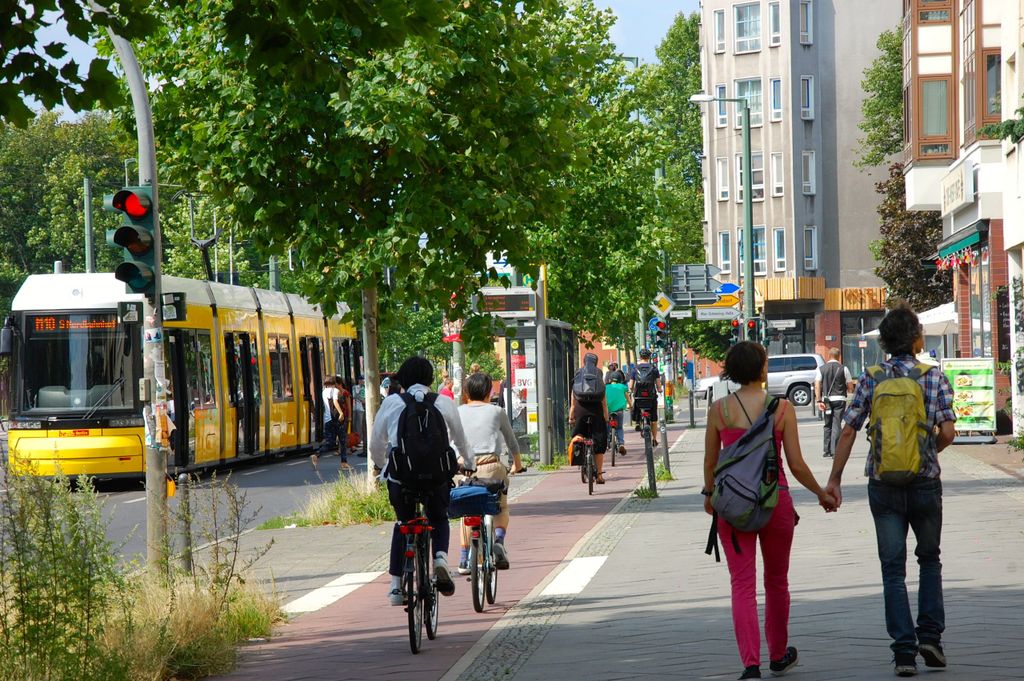
Combining transport solutions to solve rural mobility challenges
Why does rural mobility matter?
Around the world, rural transport facilities and services are essential elements to drive growth and unlock equity potential. Good rural road infrastructure and services drive agriculture, commerce, trade, industry and allow populations to access opportunities such as education, jobs, health, culture and social activities. It is no wonder that rural transport plays a critical role in achieving no less than half of the Sustainable Development Goals.
Yet, rural mobility has received far less attention from decision makers than urban mobility. Peri-urban and rural areas are in drastic need of support. Traditional bus or rail transport cannot always withstand the geographic needs and service provisions required by these areas and so complementary and supportive solutions can make a world of difference.
Growing accessibility and development concerns at the core of many democracies and it is not by chance that the ‘Long-term vision for the EU’s rural areas‘ is at the centre of the priority ‘A new push for European democracy’ in the European Commission’s strategy for 2019-2024.
More recently, in its communication on the new EU Urban Mobility Framework, the European Commission indicates a reinforced approach to TEN-T urban nodes (424 cities!) that will have the obligation to include in their sustainable urban mobility plans (SUMPs) integrated links between rural, peri-urban and urban areas.
Rethinking the rural mobility challenge involves the provision of sustainable transport in peri-urban and rural areas. Considering public transport in all its various forms (collective and shared) and all the different delivery models (public, private, non-profit or in partnerships) can better serve the population.
Rethinking rural mobility
UITP’s new Knowledge Brief, ‘The rural mobility challenge for public transport: How combined mobility can help‘, is a first for the organisation. The publication contains main takeaways and successful strategies for combined mobility solutions, covering different degrees of rurality from the urban fringes to remote areas.
Combining public transport with more tailored on-demand and shared mobility services, including peer-to-peer and volunteer-based solutions, can go a long way towards overcoming long-standing mobility deficits in rural areas.
Successful strategies include the hierarchisation of public transport networks and multimodal mobility hubs embracing the different scale and needs of rural areas, and build upon a set of preconditions for combined mobility solutions to fully unlock their potential. Better regulation and governance enable those connections and is often key for public-private partnerships, cross-sectoral coordination and, of course, the indispensable involvement of local actors.
It is time to rethink the rural mobility challenge.

The RIDE2RAIL project
One of the UITP projects aiming to overcome mobility deficits in rural areas is RIDE2RAIL, which launched early 2020. This EU initiative has the objective to develop a framework for intelligent multimodal mobility, facilitating the combination of flexible transport services with scheduled transport. Seeing especially in rural areas few rail options might be available, RIDE2RAIL wants to boost access to public transport through innovative options, such as ridesharing.
Overall, RIDE2RAIl will encourage carpooling and ride sharing acceptance as complementary for public transport to enhance the performance of the overall mobility system, reduce road congestion, and reinforce the mobility offer in rural and low-demand areas. Demos to test project activities are planned to start in Summer 2022 in Padua and Athens and in Autumn 2022 in Brno and Helsinki.
Keep up to date with the project’s activities on their website!
Have you registered for IT TRANS yet?
IT-TRANS is the leading International Conference and exhibition focused on IT solutions for public transport. Innovative integrated mobility is a key theme throughout the conference and exhibition. During the three days, you will learn about innovations in public transport, pioneering concepts and digitalisation trends as a part of our hybrid conference programme. We look forward to seeing you there.
2025 Training Calendar


